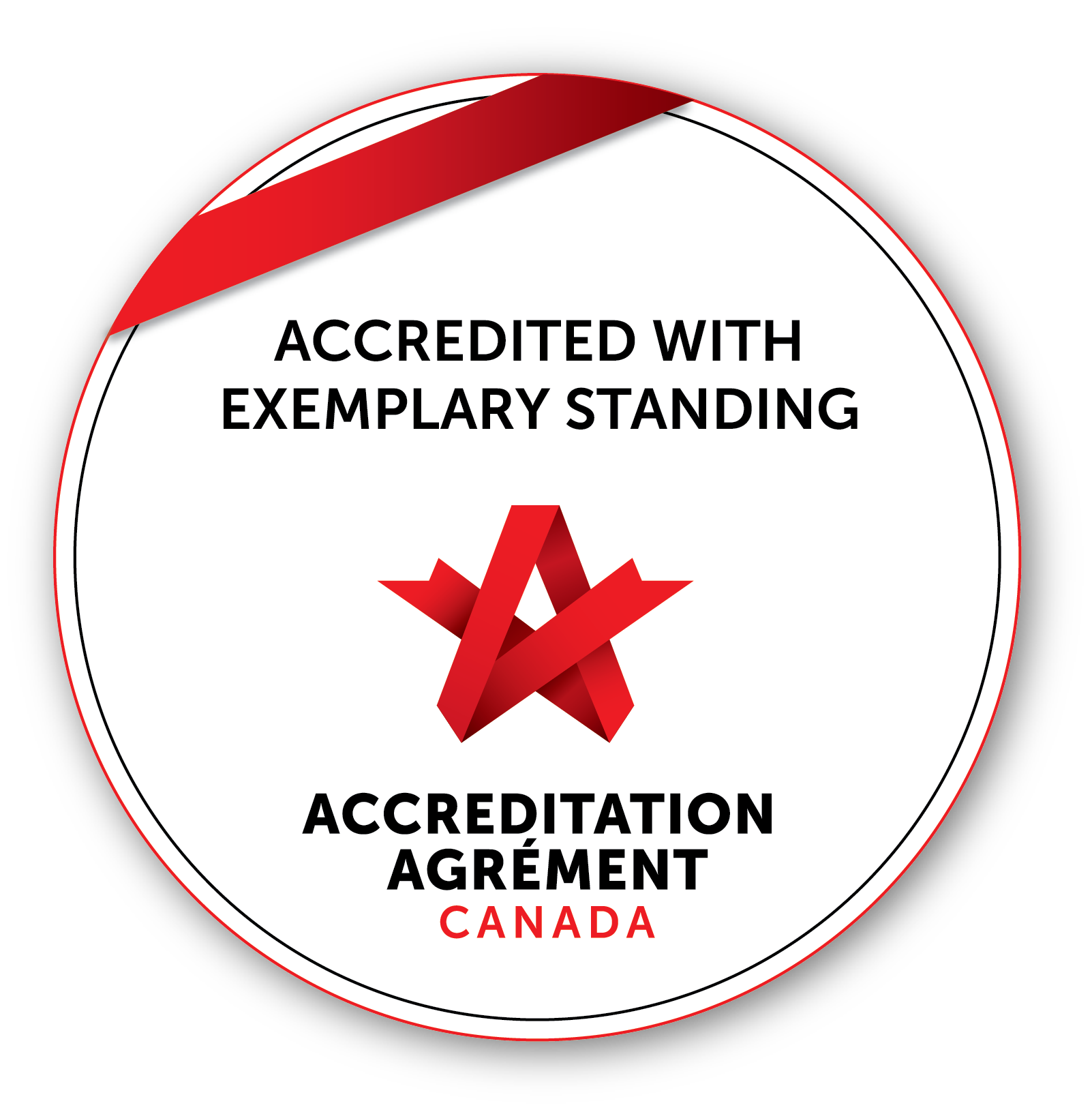Headwaters’ mammography program utilizes state-of-the-art Digital Radiography. Our site is fully accredited from the Canadian Association of Radiologists (CAR) and belongs to the Ontario Breast Screening Program (OBSP). This is a program where women between the ages of 40-74 can self-refer to having a mammogram by simply calling to make an appointment, without the need to see a doctor. To book, call 519-941-2410 ext. 2842.
For more information on eligibility, please visit Cancer Care Ontario.
Headwaters has expanded our breast health program to offer more services close to home.
Digital Mammography
What it is: A mammogram is a diagnostic procedure that can detect abnormalities in the breast. During your appointment, a technologist will compress each breast for a few seconds while the image is being taken. Compression is extremely important as it provides a much clearer picture of the breast by separating the tissue. The compression does not damage the breast and produces no long-term discomfort. This should not be painful, although it will be uncomfortable.
Benefits: Mammography is the gold standard for breast cancer detection. Regular screenings improve early detection.
Preparing for your mammogram: Please do not wear any deodorant or talcum powder on the day of your examination. Please avoid caffeine 72 hours prior to your appointment. The technologist will explain how the procedure is done, review your brief medical history, and answer any questions.
eReferrals: All of our Diagnostic Imaging services are now using Oceans eReferral.
Faxed Mammography requisition referrals are accepted, however, faxed referrals have a longer processing time than eReferral.
Tomosynthesis
What it is: A method to perform 3D mammography. The x-ray tube moves in an arc and takes pictures of multiple layers of the breast tissue. Reconstruction of these images produces the final 3D image for assessment.
Benefits: Provides greater detail than regular mammography, and can reduce the need for biopsies. Tomosynthesis is especially helpful for imaging dense breast tissue, and at low radiation exposure.
Preparing for tomosynthesis: Please do not wear any deodorant or talcum powder on the day of your examination. Please avoid caffeine 72 hours prior to your appointment. The technologist will explain how the procedure is done, review your brief medical history, and answer any questions.
Stereotactic 3D biopsies
What it is: A biopsy done under mammographic imaging to accurately target and guide the biopsy needle into the lesion. The lesion is sampled and sent to a lab for testing.
Benefits: This is a highly accurate procedure that aims to target deep lesions.
Preparing for a stereotactic 3D biopsy: You will go through an intake form prior to your biopsy identifying any risks or contraindications to having the procedure done. The technologist will answer questions with you on the day of your procedure. A radiologist will perform the biopsy and help provide more information. They will freeze your breast tissue using local anesthetic, insert a needle to take samples, obtain images to confirm needle placement, and then remove the needle. You will be provided with post-procedural care instructions.
Click here for a Breast Biopsy Patient Information Guide.
eReferrals: All of our Diagnostic Imaging services are now using Oceans eReferral.
Faxed Breast Biopsy requisition referrals are accepted, however, faxed referrals have a longer processing time than eReferral.
More Information
The Ontario Breast Screening Program is part of Cancer Care Ontario. They recommend that women become familiar with what is normal in their breasts.

 We are dedicated to safe, high-quality care, Headwaters is proudly accredited with Exemplary Standing.
We are dedicated to safe, high-quality care, Headwaters is proudly accredited with Exemplary Standing.